
Nitesh Patel - Physiotherapist
Posts
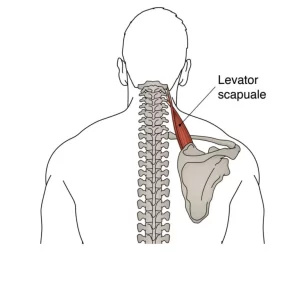
Levator Scapulae Muscle
Anatomy of Levator Scapulae Muscle The levator scapulae muscle are superficial extrinsic muscles of the back that primarily function to elevate the scapulae. Levator comes...
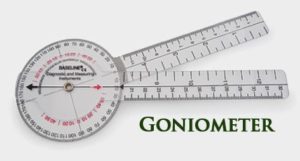
Range of Motion (ROM)
What is a Range of Motion (ROM)? Range of Motion (ROM) refers to the measurement of movement around a specific joint or body part. It...
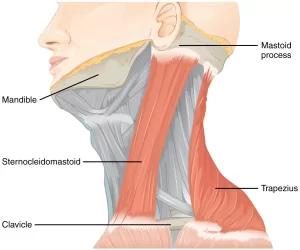
Sternocleidomastoid Muscle (SCM Muscle)
Introduction The sternocleidomastoid muscle is one of the largest and most superficial cervical muscles. The primary actions of the muscle are rotation of the head...
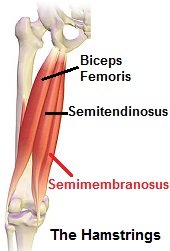
Semimembranosus Muscle: Anatomy, Origin, Insertion, Function, Exercise
Introduction Semimembranosus is one of four posterior thigh muscles that are responsible for extending the hip, while It is also one of the three muscles...
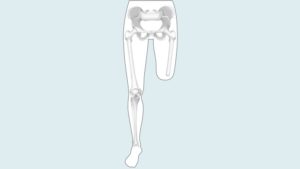
ABOVE KNEE AMPUTATION : Physiotherapy Management
INTRODUCTION of The above knee amputations : The above knee amputations (AKA) involve removing the leg from the body by cutting through both the thigh...
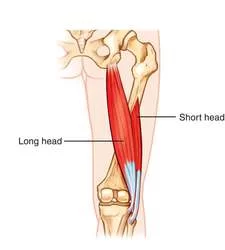
Biceps Femoris Muscle
Biceps Femoris Muscle Anatomy Biceps femoris is a long muscle of the posterior aspect of the thigh. Together with the semitendinosus and semimembranosus muscles, it...
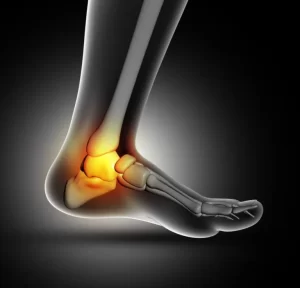
Ankle Joint Stiffness: Physiotherapy Treatment
The ankle joint stiffness is also associated with Joint Pain and swelling and Muscles weakness - Physiotherapy Treatment are Mobilization of Joint and Pain relieving...
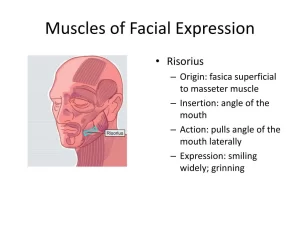
Risorius Muscle
Introduction The risorius is a muscle of facial expression that arises in the fascia over the parotid gland and, passing horizontally forward, superficial to the...
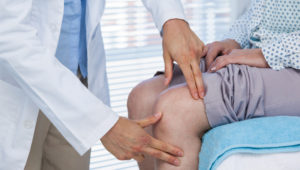
Knee Joint stiffness : Physiotherapy Treatment
Introduction of Knee Joint Stiffness : Knee joint stiffness is the sensation of difficulty moving a joint or the apparent loss of range of motion...
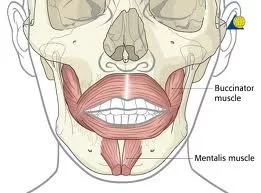
Mentalis Muscle
Introduction: The mentalis is a paired central muscle of the lower lip, situated at the tip of the chin. It originates from the mentum and...
